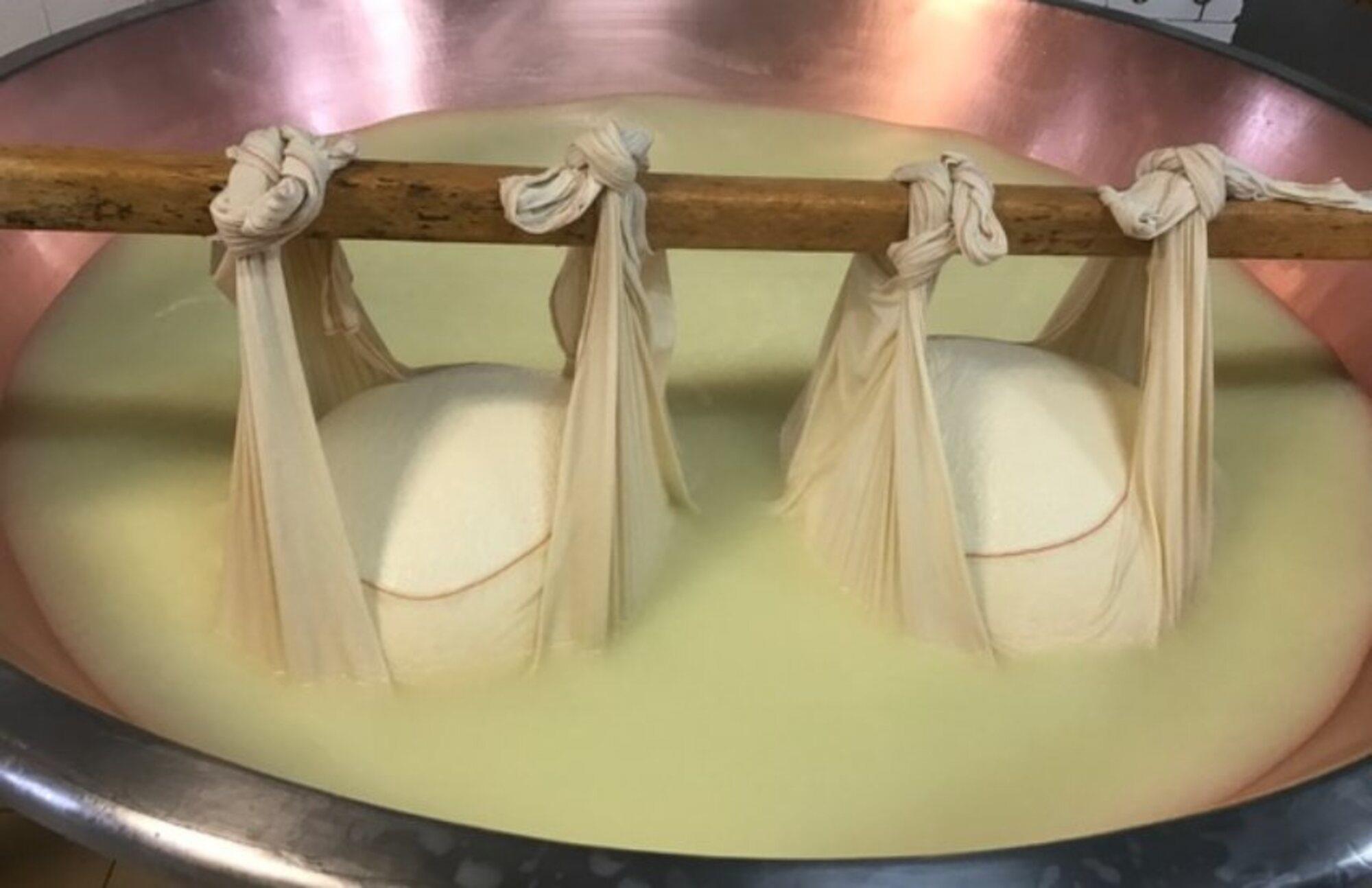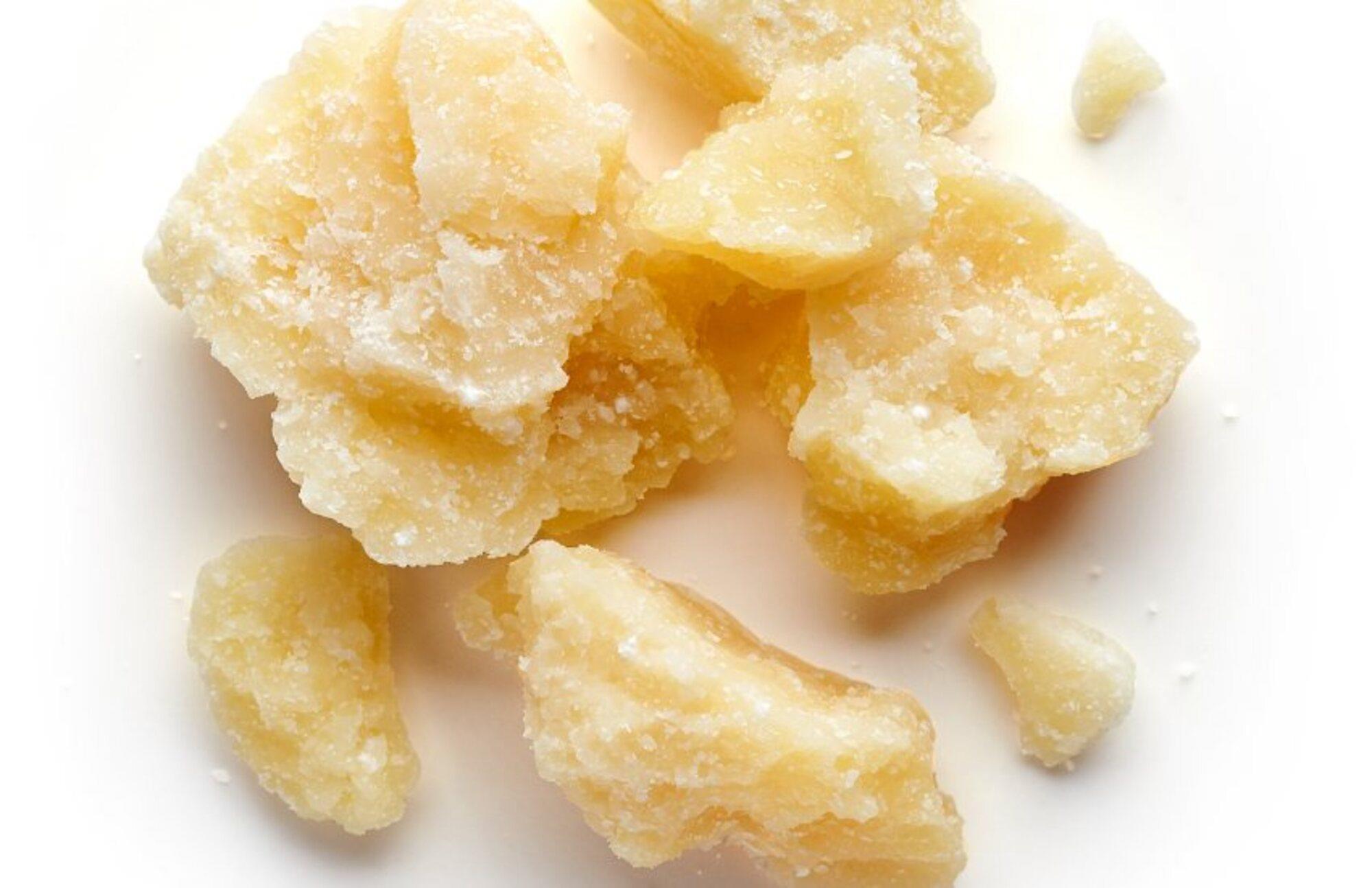Visit a traditional Parmigiano Reggiano cheese factory near Parma. Learn everything and taste different kinds of seasoned cheeses with wine.
What to eat in Parma
Best place to eat Parma
Details
Duration
3 hours
Language
Guide in Spanish and English
Price
Adultos: 58.50 €
Children (0-6 years old): 29.00 €
Availability and starting time
Check your date on the calendar on the right, or on the Book button!
When to book?
You can reserve up to 48 hours before the activity
Free cancellation
Cancel free up to 2 days 30 minutes before the activity and receive a full refund.
Included
Pick-up and drop off from accommodation
Professional Driving Guide
Visit a cheese factory
Parmigiano Reggiano and wine tasting
1 Participación en Premios Mensuales:
Ver Premios
Excluded
Tips
Meeting point
Conditions
How to book?
Limited availability. Book as soon as possible to guarantee availability. Choose date and fill in the required fields. Secure and protected payment. You will immediately receive your booking confirmation.
Is the interior of the monuments visited?
Exterior and interior of most named sites
Is the tour adapted for people with reduced mobility?
Not adapted
Guaranteed departures without min of travelers
Not
Are animals allowed?
Not
Activity recommended for children?
Yes, families are welcome
Our promises
Best price guaranteed
Quick and easy reservation
Multilingual Customer Service
Secure payment
Contact us
Do you have any question?
Would you like this tour in private?
Reservation
Cancel or modify reservation






